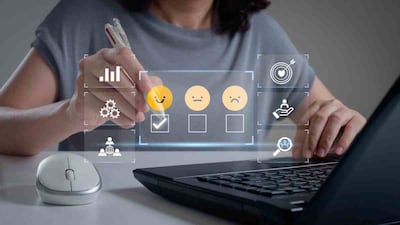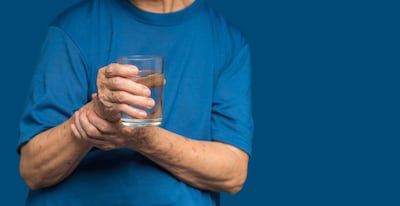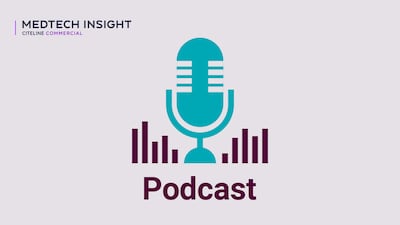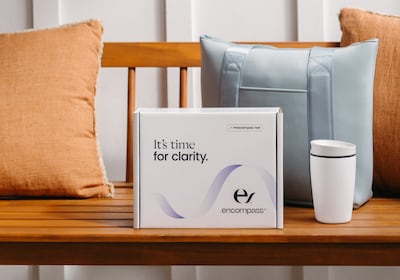by Robert Neil
Although technology is the backbone of advancements and improvements in health care, there are times when the pace of technological achievements runs faster than they can be utilized. That is certainly the case with some of the recent advances in patient monitoring technology that present a number of opportunities for remote monitoring and self-monitoring of patients outside the clinical setting
Read the full article – start your free trial today!
Join thousands of industry professionals who rely on Medtech Insight for daily insights
- Start your 7-day free trial
- Explore trusted news, analysis, and insights
- Access comprehensive global coverage
- Enjoy instant access – no credit card required
Already a subscriber?







